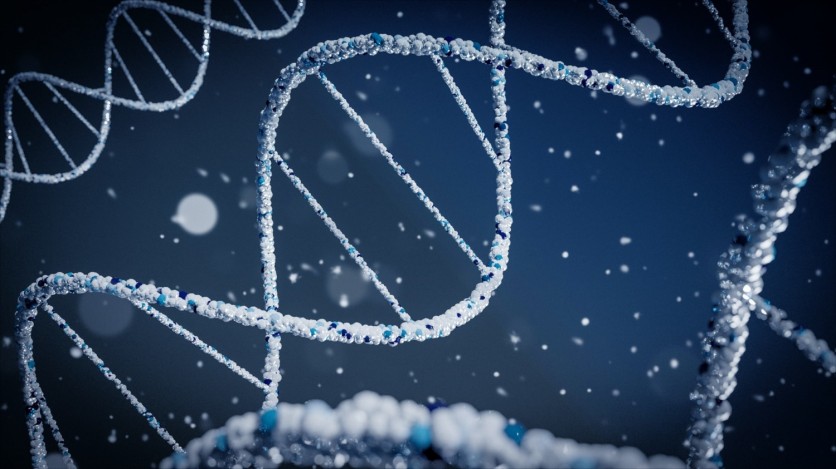
Microsoft took a leap with their new synthetic DNA to store data.
Microsoft's Breakthrough
Microsoft just made history as the company created a significant breakthrough in using artificial DNA to store data and information.
The company operated with the University of Washington's Molecular Information Systems Laboratory (MISL) to make the impossible happen.
Microsoft introduced the world's first nanoscale DNA storage writer in a research paper.
Also Read : China Collects DNA from 700 Million Males to Create World's Largest Genetic Database Using U.S. Testing Kit
Microsoft's DNA Storage To Replace Hard Drives Soon?
Data requirements are consistently increasing over the years. The world generates over 2.5 million gigabytes of data every day on a standard basis. Next year and the following year, it will rise up again. Soon, it will outpace the traditional way to store data, and it won't be long before the world runs out of options to store information and data.
In a recent report released by International Data Corporation, the demand to store data will most likely reach 9 zettabytes in 2024.
Now, storing data for a long period of time isn't as hassle-free as many think. Within 30 years or sooner, there will be a massive data loss recorded on HDDs and SSDs.
To compare, data stored in DNA can last for thousands of years, if not for a very, very long time. But it's not just that--the amount of data you can store is already unlimited, and we won't need to keep track of how much data we store every year.
Moreover, DNA has the capability to store one exabyte or about 1 billion gigabytes per square inch. This amount of data is larger than the best storage method known at the moment, which is the Linear Type-Open or LTO magnetic tape.
Storing data in DNA is possible and more ideal.
However, to practically apply Microsoft's DNA data storage is quite far-fetched. This is because storing data on DNA is costly. Just writing a few megabytes will already cost thousands of dollars. Plus, the technical complexities behind writing the data and the speed as well.
To date, Microsoft's DNA storage is able to write a density of 25 x 10^6 sequences per square centimeter. Or three orders of magnitude (1,000x) more compact than ever. This is a long way from achieving the minimum speed to write data, and quite evidently, Microsoft's DNA storage still needs to work on that.
Still, the question remains; how can Microsoft's DNA storage store data for a long time?
"As long as you keep the temperature low enough, the data will survive for thousands of years, so the cost of ownership drops to almost zero", Nicholas Guise, a senior research scientist at Georgia Tech Research Institute (GTRI), told BBC.
Dr. Guise also reiterated that it would cost a lot to write data on DNA. However, he believes that once the cost of Microsoft's new technology can compete with the cost of writing data magnetically, storing and maintaining information in DNA will see a cut in its original cost.
It is also worth noting that DNA storage produces more error rates than standard hard drive storage. But in collaboration with the University of Washington, GTRI researchers discovered a way to identify and correct errors.
Microsoft's breakthrough in storing data permanently is supported by the Intelligence Advanced Research Projects Activity or IARPA, which promotes scientific innovations towards diminishing the challenges relevant to the U.S intelligence community.
Related Article : Researchers Developed a New Way to Save Digital Data into a DNA
This article is owned by Techtimes
Written by Thea Felicity
ⓒ 2025 TECHTIMES.com All rights reserved. Do not reproduce without permission.




